In 2012, a hunter in Wyoming shot and killed Yellowstone National Park’s most famous wolf—alpha female of the Lamar Canyon pack, known as 832F or 06 for the year she was born—not far from the park’s protected area.
After that tragedy, 06′s daughter, named 926F or “Spitfire,” took over as the alpha for the pack. Just like her mom, Spitfire became a beloved and familiar sight in the park.
Although she weighed only 80 pounds and was smaller than the other wolves in the Lamar Canyon pack, she more than made up for it in spirit. Her determination was vital in keeping the pack together over the years.

“I always called her the little wolf that could,” wildlife photographer Deby Dixon told the Jackson Hole Daily. “06 was well loved because she was bold and out there, but I don’t think that people got to watch her for as long as we watched this particular wolf.”
Just six years after her mother’s death, Spitfire has suffered the same fate. A trophy hunter shot and killed her in Cooke City, Montana, less than five miles from the northern entrance to Yellowstone National Park.
And just like the hunter who shot her mother, Spitfire’s killer broke no laws.
“It was a legal harvest, and everything was legitimate about the way the wolf was taken,” Abby Nelson, a wolf management specialist for Montana Fish, Wildlife and Parks, told the Jackson Hole Daily. “The circumstances are obviously a little bit harder for people to stomach, because that pack had showed signs of habituation.”
It’s currently wolf-hunting season in Montana, Wyoming and Idaho. What’s especially hard to stomach is that when wolves wander outside the park boundaries into these states that border it, “they have zero protection,” Brooks Fahy, executive director of the nonprofit Predator Defense, told The Dodo. “This tragedy should be one more wake-up call,” he said.
Montana legalized wolf hunting in 2009. It allows hunters to kill five wolves in hunting zones just north of Yellowstone, but hunters regularly ignore this quota, the Jackson Hole Daily reports.
Spitfire was a fifth-generation descendant of the 31 wolves from Alberta, Canada reintroduced to Yellowstone in the mid-1990s. “One of the big reasons 926 is so very important to so many people is her lineage, which goes back to the very beginning,” Rick McIntyre, with the Yellowstone Wolf Project, told the Jackson Hole Daily.
For over 20 years, there has been an ongoing debate between conservationists who argue that as a key species, wolves play an essential role in the ecosystem, and hunters and ranchers who complain that the wolves are a livestock-killing nuisance.
To prevent more wolf killings near Yellowstone’s boundaries, the states surrounding the national park should enact laws that ban any from being hunted and killed. That’s what happened in 2001 in Ontario, Canada, after hunters were killing wolves outside of Algonquin Provincial Park.
The hunting ban resulted in what Maggie Howell, executive director of the Wolf Conservation Center (WCC), called an amazing transition. “Protected from hunting, not only did the Algonquin wolf population hold steady, there was also a rapid transition to more stable, family-based packs,” she told The Dodo. “With added protections, eastern wolves reclaimed their place as a keystone species within the ecosystem.”
Until Yellowstone’s wolves are better protected, Dixon offered some good advice for advocates of their welfare. Instead of wasting our energy hating trophy hunters, we should focus instead on raising awareness and educating people about the wolves. “We’re not going to change the minds of the die-hard wolf haters,” she told the Jackson Hole Daily, “but we can change the minds of their children.”
TAKE ACTION
Please sign and share this petition asking the U.S. National Park service to create buffer zones around Yellowstone National Park to prevent a similar tragedy from happening in the future.
This article was first published by Care2.com on 03 Dec 2018.
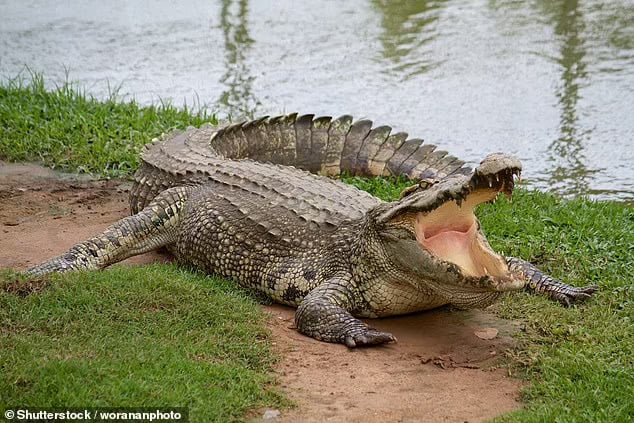
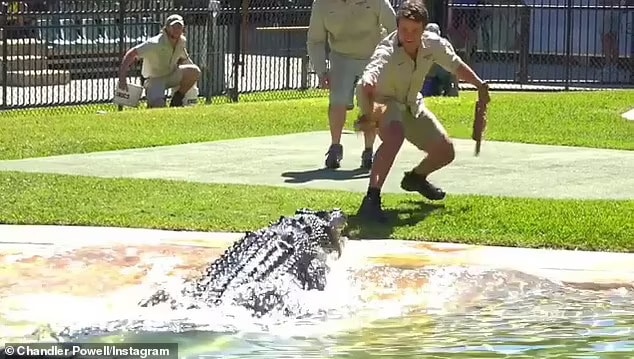
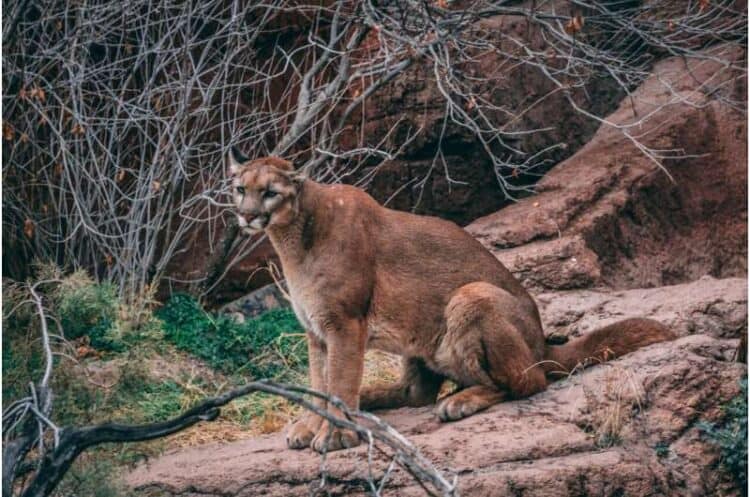
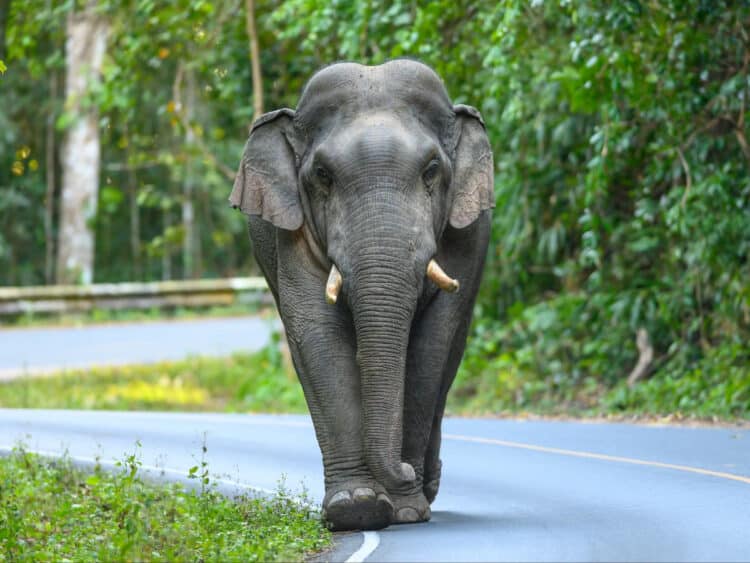
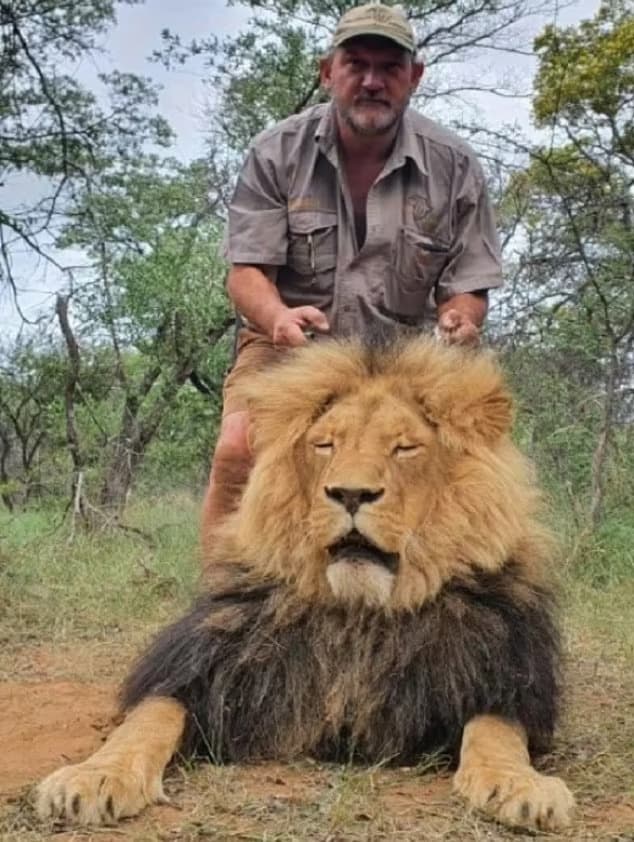
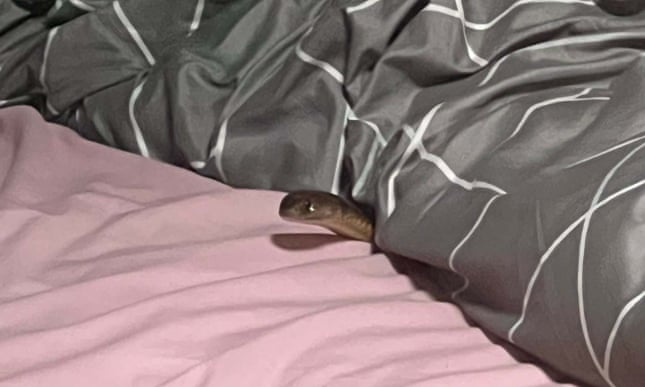
Leave a Reply